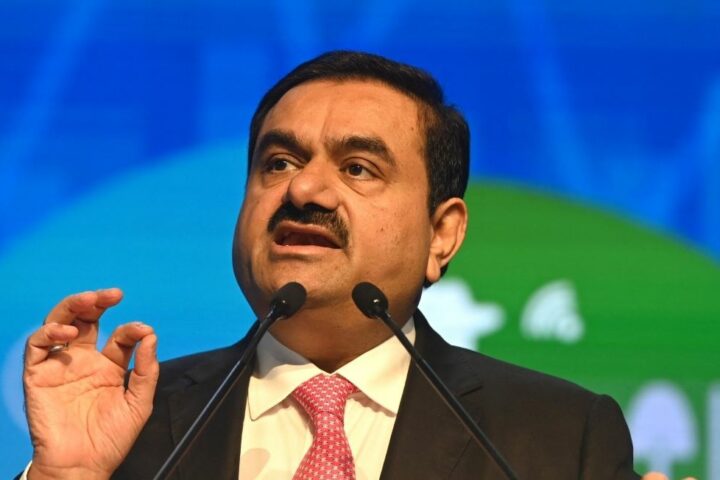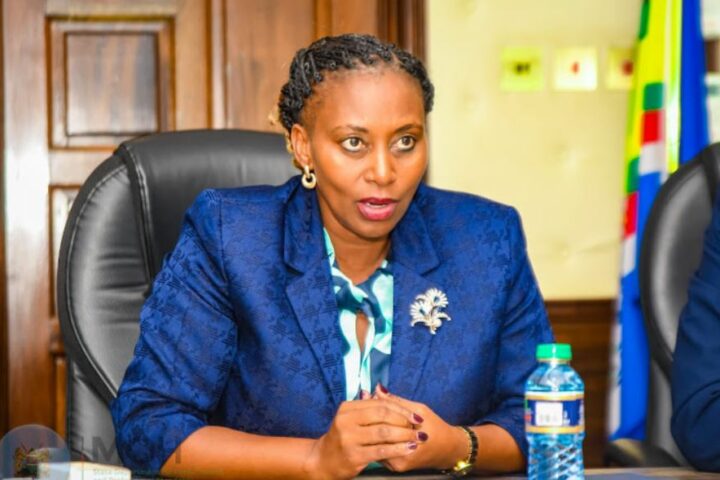
This evolution can be traced back to ancient times when the barter system marked the beginning of economic relationships, eventually leading to the creation of gold and silver coins, the earliest forms of currency.
Different states minted their coins, which were used in various countries, setting the stage for the first currency exchanges and the emergence of currency changers, the precursors to today’s Forex traders.
The Democratization of Forex Trading in the 1990s
Fast forward to the 1990s, the Forex market underwent a significant transformation with the introduction of electronic trading platforms.
This advancement democratized currency trading, allowing anyone with a computer and internet access to participate in the global Forex market.
Retail traders, including an influential group known as “Mrs. Watanabe” in Japan, comprised of educated, young housewives, started trading Forex, significantly impacting the market by contributing to its daily trading volume and promoting foreign currency trading among individual traders.
Today, the Forex market is characterized by its decentralized nature, operating without a central exchange and involving a network of financial institutions, including central banks, commercial banks, hedge funds, and Forex brokers.
Major financial centers around the world facilitate trading, with the market open 24 hours a day, attracting a diverse range of market participants, from individual traders to major financial institutions.
Currency pairs, especially major currency pairs like the EUR/USD, USD/JPY, and GBP/USD, dominate the market.
Traders engage in various trading strategies, including swing trading, to capitalize on currency price movements, influenced by factors like interest rates and economic indicators.
The market is known for its liquidity, with a massive daily trading volume that dwarfs other financial markets.
Risk Management in Forex Trading
Risk management remains a critical aspect of Forex trading, as currency values fluctuate due to complex factors. Traders often start on demo accounts to hone their trading skills before diving into live trading.
The use of trading platforms has become a cornerstone of Forex trading, providing traders with tools for analysis and executing trades.
In summary, the Forex market’s journey from the ancient barter system to today’s sophisticated, technology-driven financial market highlights its evolution and the significant role it plays in international trade and the global economy.
Continuing the historical journey through the Forex market, it’s interesting to note the key moments that have shaped its current state.
The gold standard functioned well until World War I, when European countries suspended it to print more money for war expenses.
During the early 1900s, the gold standard underpinned the currency market, with countries trading because they could convert currencies into gold. However, the standard collapsed during the world wars.
Bretton Woods System
The first significant transformation of the currency market occurred near the end of World War II in 1944 with the Bretton Woods System.
The United States, the United Kingdom, and France convened at the United Nations Monetary and Financial Conference in Bretton Woods, New Hampshire, to establish a new global economic order.
The U.S. was the only major country not devastated by the war, making it the meeting’s ideal location. The Bretton Woods Agreement aimed to create a stable environment for the world economy to recover, achieved by creating a regulated currency market with fixed exchange rates.
In this system, different countries fixed their exchange rates relative to the U.S. dollar, which was pegged to gold, as the U.S. had the world’s largest gold reserves.
This system made the U.S. dollar the benchmark currency and the world’s reserve currency.
However, the Bretton Woods System eventually failed to tie gold to the dollar due to insufficient gold reserves to back the increasing number of dollars in circulation.
In 1971, U.S. President Richard M. Nixon ended the Bretton Woods System, leading to the free-floating of the U.S. dollar against other foreign currencies.
The Beginning of the Free Floating System and the Plaza Accord
In the early 1980s, the U.S. dollar significantly appreciated against other major currencies, adversely affecting exporters and resulting in a current account deficit of 3.5% of GDP for the U.S.
To counter stagflation, Paul Volcker raised interest rates, leading to a strong dollar and reduced inflation but at the expense of American industrial competitiveness in the global market.
The strength of the U.S. dollar burdened third-world countries with debt and closed American factories due to their inability to compete with foreign competitors.
In 1985, representatives of the world’s five largest economies – the U.S., the UK, France, West Germany, and Japan – held a secret meeting at the Plaza Hotel in New York.
When news of the meeting leaked, forcing the G-5 to make a statement encouraging the rise of non-dollar currencies, the event became known as the “Plaza Accord,” which led to a sharp decline in the dollar’s value.
Traders quickly realized the profit potential in this new world of currency trading, where various political events could lead to significant currency fluctuations, and where there’s volatility, there’s profit.
Major Currency Crises
The journey becomes tumultuous with the European Currency Mechanism crisis of 1992. The forced exit of the British pound from the ERM highlighted the power of the market against rigid policies.
Moving to 1997, the Asian Financial Crisis saw currencies like the Thai baht collapse, exposing the vulnerability of fixed currency rates and underscoring the need for robust economic policies.
The 2008 financial crisis was one of the most destructive events in the history of the global economy.
It led to the collapse of many financial institutions and caused a global recession. The crisis also had a significant impact on the Forex market. In the wake of the crisis, currencies of developing countries, such as the Turkish lira and the Argentine peso, depreciated sharply.
This was due to investor concerns that these countries would not be able to cope with the economic difficulties.
At the same time, currencies of developed countries, such as the US dollar and the euro, strengthened. This was due to investor perceptions of these currencies as being safer investments.
The COVID-19 pandemic also had a significant impact on the Forex market. In the early stages of the pandemic, investors were concerned that the pandemic would lead to a global recession.
This led to a decline in the prices of most currencies. However, as it became clear that the pandemic would not lead to a complete collapse of the global economy, currency prices began to recover.
In the wake of the pandemic, currencies of developing countries again depreciated. This was due to the negative impact of the pandemic on the economies of these countries.
At the same time, currencies of developed countries, such as the US dollar and the euro, strengthened. This was due to the fact that these countries had stronger financial resources to deal with the pandemic.
The Rise of Cryptocurrencies
In recent years, there has been a rapid growth in the popularity of cryptocurrencies. Cryptocurrencies are digital assets that are secured by cryptography. They are not issued by central banks and are not regulated by governments.
The surge in popularity of cryptocurrencies has had a significant impact on the Forex market. Cryptocurrencies have become a new asset class that traders can use to diversify their portfolios.
At the same time, cryptocurrencies have also become a new source of volatility in the Forex market.
The historical journey into the Forex market helps to better understand its characteristics. Now it becomes clear how the market was affected by major events such as the 2008 financial crisis and the COVID-19 pandemic.
This also provides an understanding of how the rise of cryptocurrencies has added a new dimension to the market.
The Forex market is a complex and ever-evolving market. By understanding its history and its key drivers, we can better position ourselves to succeed in this market.








